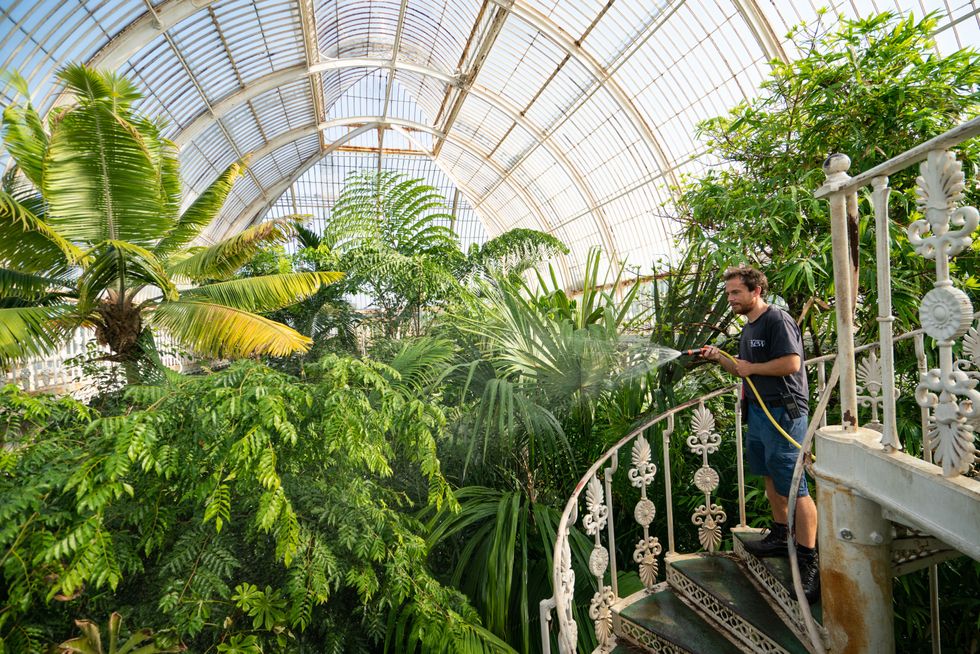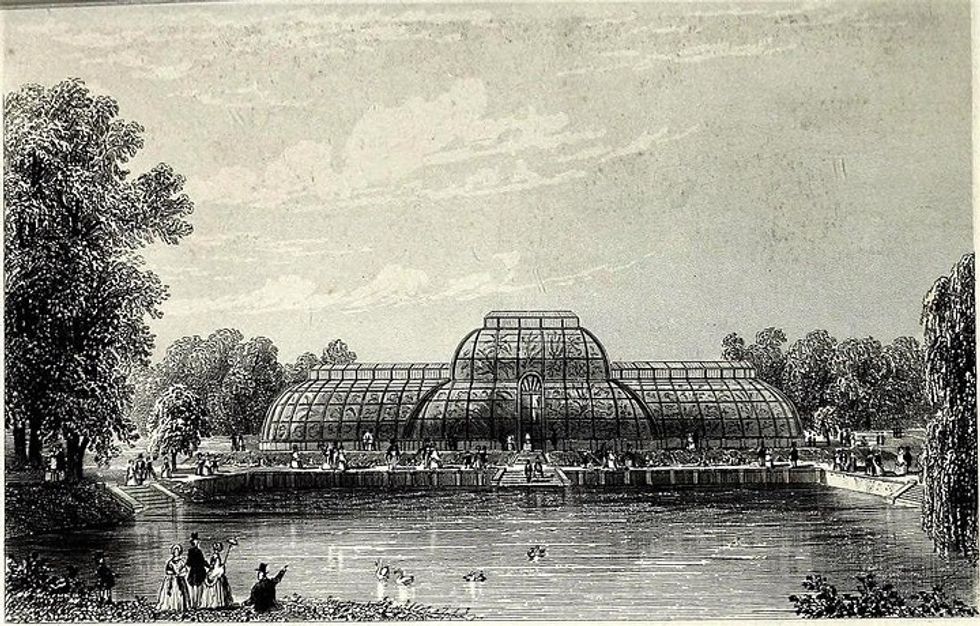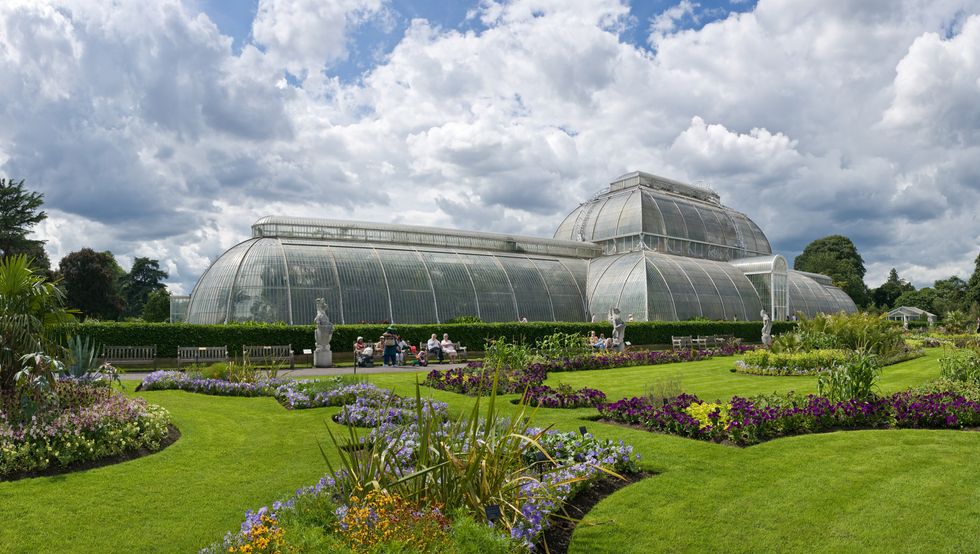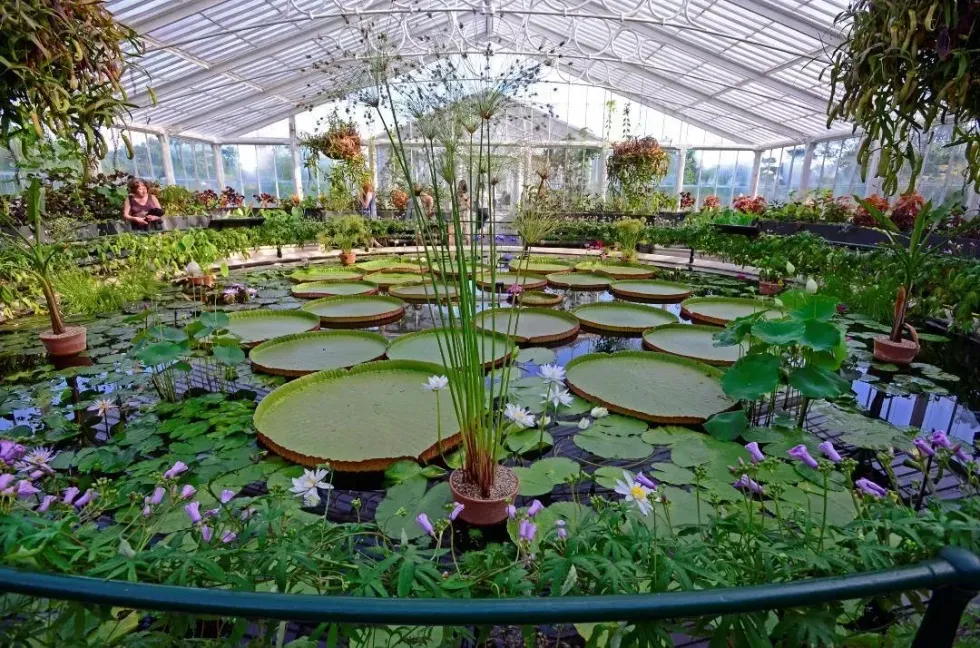Kew Gardens to close iconic tropical plant greenhouse for four years in net zero push

The closure has been billed as 'an epic opportunity to... deliver net zero glasshouses fit for the 21st century'
Don't Miss
Most Read
Trending on GB News
Kew Gardens will shut its iconic tropical plant greenhouse for up to four years as part of a major net zero drive.
The Grade I-listed Victorian Palm House is set to undergo extensive renovations to replace century-old gas boilers with modern heat pumps.
The tourist attraction submitted plans to Richmond-upon-Thames Borough Council last week for the project, which will be funded through grants and private donations.
Once complete, Palm House and its sister building, Waterlily House, will become the world's first "net zero glasshouses".

The Grade I-listed Victorian Palm House (pictured) is set to undergo extensive renovations
|PA
The historic glasshouse, which opened in 1848, houses an extraordinary collection of tropical plants including the world's oldest potted plant, an Encephalartos altensteinii dating from 1775.
The collection also features 45 species on the brink of extinction, along with towering palms and passion plants.
While renovations are underway, these precious specimens will be carefully relocated to temporary glasshouses to ensure their survival.
The revamp will see each glass pane - 16,000 in total - individually removed and recycled before installing tougher replacements secured with modern sealants to better retain heat and humidity.
The glasshouse's iron "ribs" will be stripped, repaired and refinished with the same paint shade used at its original opening.
READ MORE ON NET ZERO:

The historic glasshouse opened in 1848
|PUBLIC DOMAIN

Each glass pane at Palm House is set to be individually removed and recycled before installing tougher replacements
|WIKIMEDIA COMMONS
Tom Pickering, head of glasshouse collections at Kew, described it as "the kind of project you dream about, but it is a huge undertaking and responsibility."
He said: "The aim is to make the Palm House energy efficient while retaining all the magic of what it is today in terms of planting and horticulture."
Richard Deverell, Kew's director, also warned: "The Palm House and Waterlily House represented the latest in design and build at the time of their construction, but they are showing serious signs of deterioration and are not at all energy efficient".
"Without urgent work, these iconic listed buildings and the vital tropical plants they protect are at risk of being lost forever," Deverell added.
He also labelled the net zero revamp "an epic opportunity to use innovative technology to deliver net zero glasshouses fit for the 21st century."
Architects, engineers and Kew's horticulturalists have already spent several years testing and designing features to "position the Palm House at the forefront of innovation once again, and breathe new life and longevity into these cultural treasures", he said.

Waterlily House will also see a major refurb as part of the net zero push
|KEW GARDENS
The glasshouses are not the only British icons to undergo a net zero revamp, however.
Last December, it emerged that the Bishop of Winchester was forced out of his Wolvesey Palace residence thanks to a green refurb.
A major renovation project at the palace, as part of the Church of England's drive to achieve net zero carbon emissions by 2030, will take approximately two years to complete.
And a few months prior, King Charles was revealed to be converting two of his Bentley state vehicles to run on biofuels, with further plans to roll out more electric vehicles across the Royal fleet.
It was reported last summer that in 2025, the King would move to convert a brace of Bentley State Limousines to run on E85 biofuel.
More From GB News











